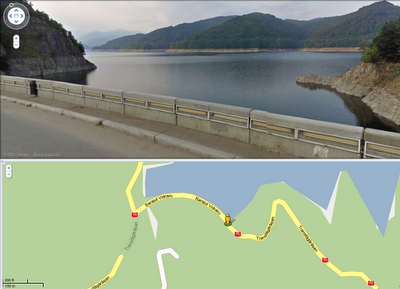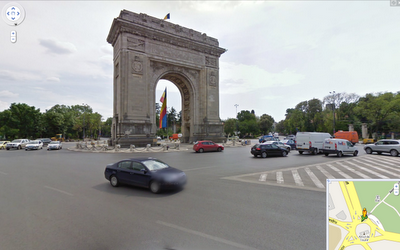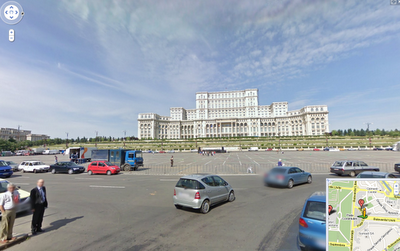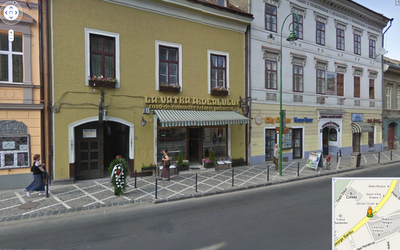So I just watched this TED talk about teaching kids maths using computers:
He makes some excellent points in it but IMHO his argument is deeply flawed.
So who rattled the bars of your cage?: It’s a fair point, I may know about teaching geography with computers but what do I know about teaching math? Well, in my past I spent time teaching maths to geologists undergrads with low academic achievement and I’ve also been on a team that built an online set of materials teaching maths to geologists (which has now disappeared from the web).
Maths by Hand: I agree with Conrad that hand calculation of maths problems is not good training for our school students, as he points out its a relatively small, uninteresting part of a bigger question. Getting students to define a real world problem in maths terms and then understand how the numerical answer is limited is more difficult and much more important.
So what’s wrong?: The techniques that he advocates – e.g. using real world examples or verifying the answers, are aspects of
constructivism which is not necessarily about using computers and has been around for years. He goes on to advocate programming as
necessarily giving students a good grounding in maths, again, this approach is nothing new,
logo programming was put forward as a way to teach students math techniques in the 80s. As
this review reveals, the technology has a lot of merit but testing results were far from conclusive. As an example, when discussing the use of logo programming to teach geometry it says:
“In summary, studies show that success [teaching geometry with logo] requires thoughtful sequences of Logo activities and much teacher intervention. That is, Logo’s potential to develop geometric ideas will be fulfilled if teachers help shape their students’ Logo experiences and help them to think about and make connections between Logo learning and other knowledge the student might have”
(emphasis mine) Doesn’t sound a lot like Conrad’s silver bullet does it?
History of Technology and Education: The phrase ‘computers as a silver bullet’ worries me because I researched the history of Technology in Education recently. What I found is that numerous times the technology of the day has been touted as offering a paradigm shift in improving education but every time the it is later found to have over hyped. Examples in the 20th century were radio, film, TV and computers (Penrose talk
prezi slides 4 to 8) all of which failed to deliver because the students’ needs were lost in the application of a a silver bullet technology. To be fair Conrad does mention that computers can deliver poor teaching but he maintains that programming is the silver bullet for math teaching.
Conclusion: Students’s educational needs are complex to meet and require experienced teachers using whatever technology is appropriate to the task at hand be that computers or a big bit of paper with some felt tip pens. Teaching technologies touted as silver bullets have always been, and will always be, a dangerous distraction.




